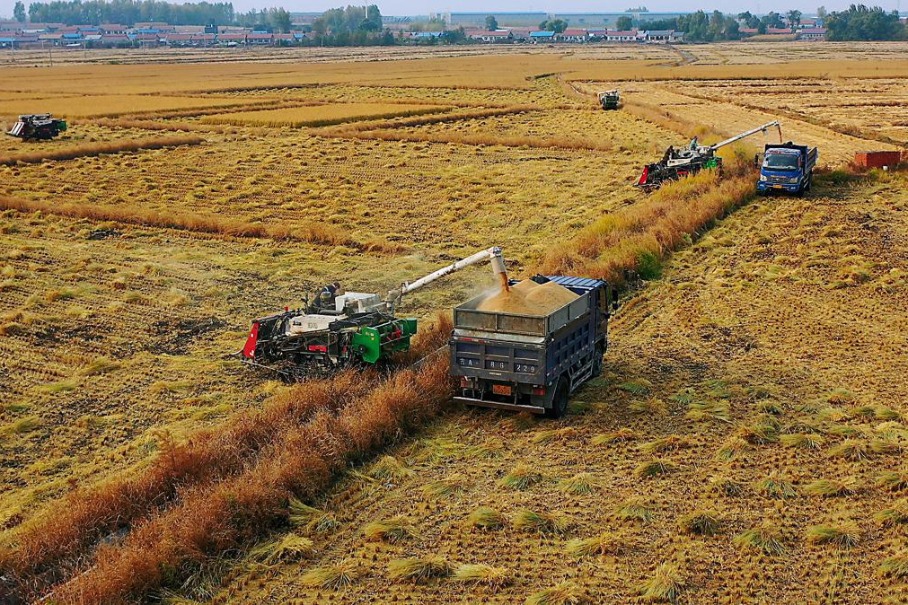Global warming increases allergy risks

Vigorous growth of allergenic plants due to global warming is increasing airborne pollen concentrations and prolonging the allergy season, according to Zhang Luo, president of Beijing Tongren Hospital.
He told a news conference in Beijing on Tuesday that global warming has also caused pollen belts to expand and migrate northward in China over the past 30 years.
Allergic diseases are triggered by environmental allergens, and climate change can increase exposure to them, Zhang said.
About 250 million people in China suffer from allergic rhinitis, with the average prevalence rate rising from 11.1 percent in 2005 to 17.6 percent in 2011.
In northern China, springtime temperatures and humidity are low, causing allergic symptoms and increasing the number of patients with allergic rhinitis, Zhang said, while increased humidity reduces outpatient visits.
His findings were published in the new China issue of Allergy, the world's top journal in the field of allergy science and immunology.
"Allergic diseases affect a population of over 2 billion globally, including around 400 million patients with allergic rhinitis, 300 million patients with asthma and 200 million patients with food allergies," he said.
Over the past 60 years, the prevalence of allergic diseases has been increasing year by year, with factors such as climate change, environmental pollution and changes in lifestyle playing important roles, he wrote in an editorial.
Air pollutants serve as irritants and toxins to amplify the effect of allergens. The fact that more people prefer to stay indoors and use more chemicals in daily life also contributes to an imbalance of microorganisms in the human body, Zhang said.
Allergic diseases are related to many other diseases such as obesity, cardiovascular and cerebrovascular diseases, head and neck tumors, glaucoma, sexual dysfunction and mental illnesses, which will have a significant impact on quality of life.
The potential annual direct and indirect costs could exceed hundreds of billions of yuan, leading to a substantial social and economic burden.
Since 2020, Beijing Tongren Hospital has partnered with Weather China to release a national pollen index. They broadcast daily pollen concentrations in 37 cities, providing guidance to people suffering from pollen allergies.
"With the monitoring system, asthma patients receive a short message on their phone before a thunderstorm, to remind them to avoid going out and to bring drugs along if necessary," Zhang said. "Hospitals will also be better prepared for possible growth of asthma outpatient visits."
Allergy is the official journal of the European Academy of Allergy and Clinical Immunology. The latest China issue, the fourth since 2021, includes 20 articles focusing on the latest research by Chinese scientists in the fields of allergies, rhinology, pulmonology and dermatology.
Zhao Zhuohui, from the School of Public Health at Shanghai Medical College of Fudan University, the corresponding author of an article published in the issue, shared her team's latest findings at the news conference. It has been found that a decreased prevalence of childhood asthma in Shanghai is associated with an improvement in ambient air quality.
Its survey, from 2011 to 2019, found that the prevalence of asthma among preschool children in Shanghai was decreasing, with six other cities showing the same trend.
"We found the improved air quality in these cities was significantly associated with lower prevalence of children's respiratory health problems, which was inspiring," she said.
- Fujian plays key role in boosting cross-Strait ties
- China studies in the era of digital intelligence
- New platform aimed at China-Africa economic and trade cooperation launched
- Guangzhou upgrades tax refund services for visitors
- Xiong'an supporting policies attract talent
- Meng Fanli elected as Guangdong's new governor





































